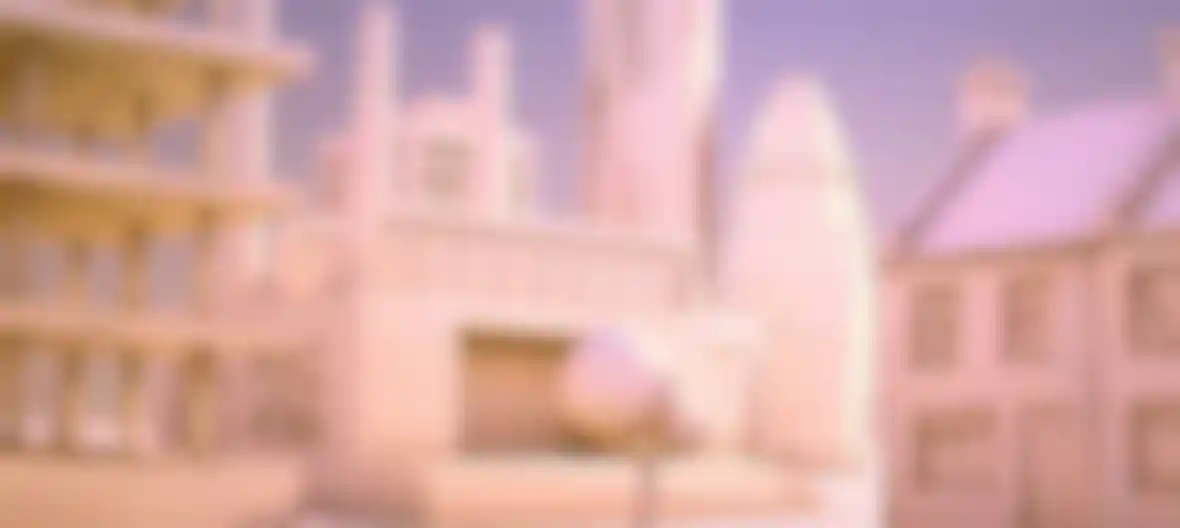
The Folding Stuff To represent a resurgent economy, this BBC designer created a booming paper town.
With the UK economy beginning to show the grass roots of recovery, the BBC News Business Unit required a short animated 'sting' for use in its slot during the regular news broadcast. Creation of the 12-second sequence fell to Sophia Kyriacou, who's worked as a broadcast designer since 1997, originally with European Business News before moving to the BBC in London in 1998.
Her brief was to illustrate the unit's 'UK Economic Recovery' brand with an animation representing the feeling of improvement. To do this she conceptualized, modelled and animated a town seemingly made of paper, which unfolds itself as the cold blue sky is warmed by the dawn sun. It's a relatively simple approach but effective and aesthetically pleasing.
"The sting had to encapsulate the various areas of the affected economy from housing, retail, to the city and so on," says Sophia. "The concept of 'regeneration' had to be key to the overall feel and design."
She explains how the theme was derived from the concept of paper money. "Objects were individually created, simply unfolding one-by-one," she says, "re-growing, coming back to life, subtly bouncing back with energy. By interjecting an element of humor it gave a light-hearted feel to what has been essentially a difficult economic period. The white textured objects lit with sunlight express the start of a new dawn."
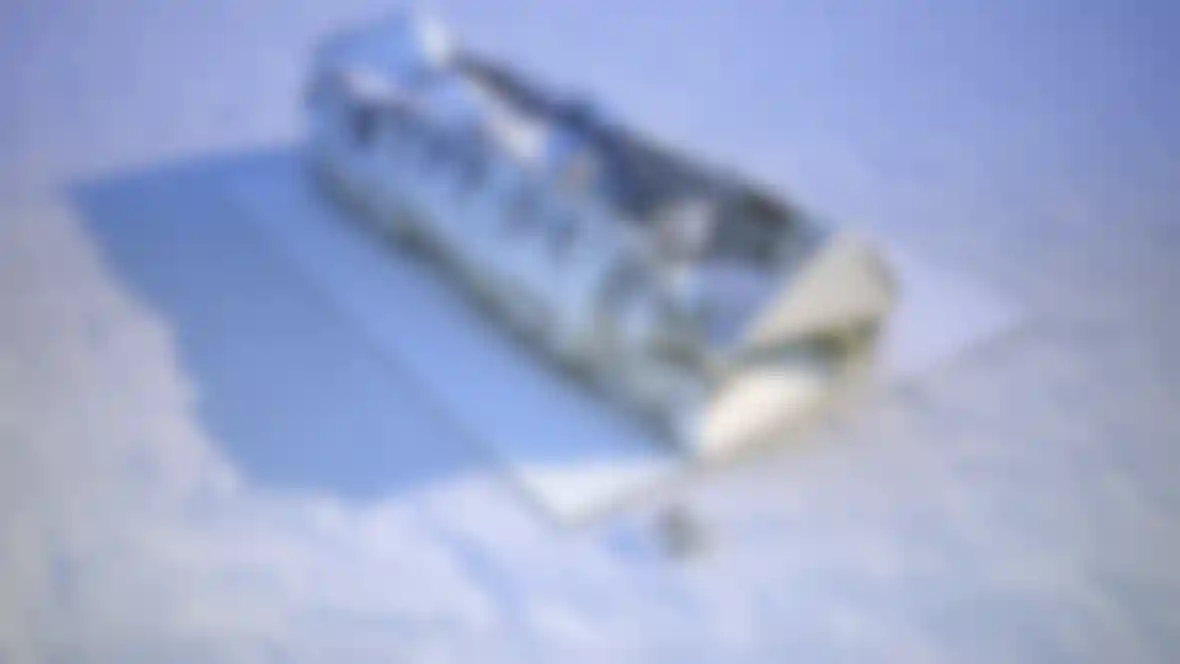
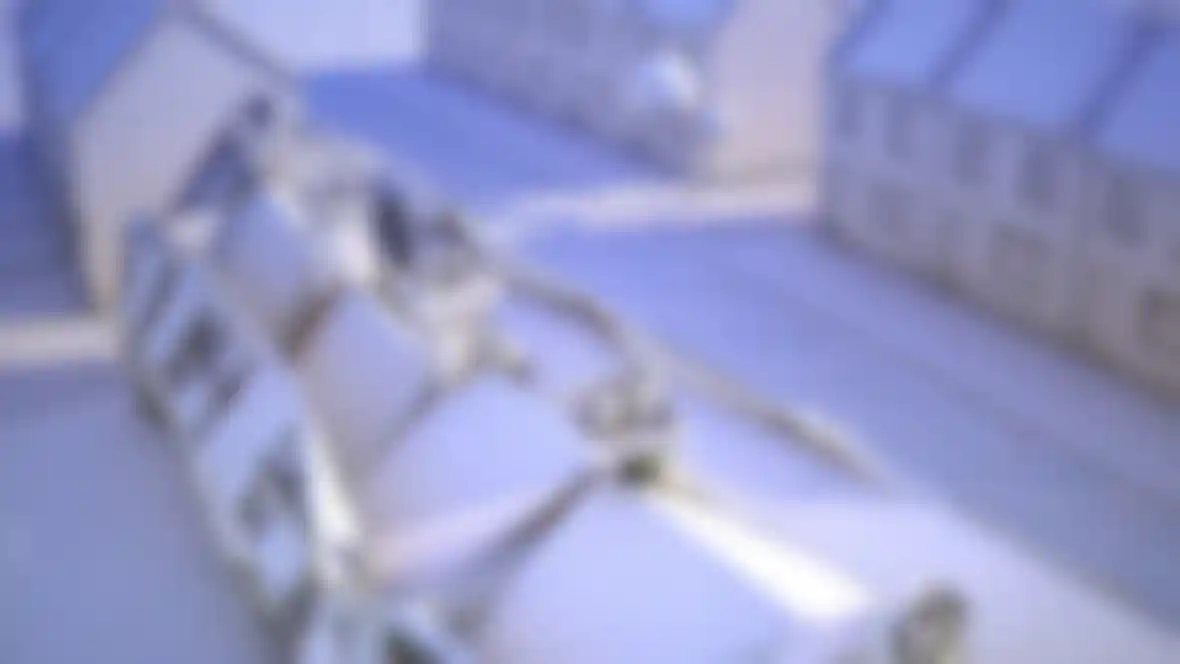
In designing the piece, Sophia had to bear in mind that the piece was targeted at the BBC Business News audience and had to withstand repeated viewing over a long period. The animation also had to sit within the BBC News branding, working with existing color schemes and typography - and she had to deliver a super-widescreen version at 5760 x 1080 that would run across three screens in the studio!
To create the unfolding effect Sophia turned to CINEMA 4D's Cloth tag: when applied to a mesh, the underlying structure becomes flexible, acting like fabric and, under the right circumstances, can be made to collapse completely.
Each object was built using a low-poly mesh, and then Sophia used the Knife tool to create some random segments. "Because I was going for the unfolded paper feel, all the geometry was triangulated and deliberately lacked detail," she says. "I changed all default Phong Angles to zero for that overall hard-edged look."
"Once I could see a pattern of the actual slices that worked, I kept the cuts consistent throughout," she explains. "I used a Cloth Simulation tag on the object and a disc for the floor that had a Cloth Collider Simulation tag applied. I played around with the keyframes on the Cloth tag and Gravity forces until I got the movement I was after."
Naturally the simulation didn't always go as Sophia expected: "I did encounter several funny moments when objects would appear desperately trying hard to collapse in one go, only ending up lopped sideways bobbing off the ground like a bouncy castle. Other times if I overlooked the gravity, objects would fall in slow motion or fly away!"
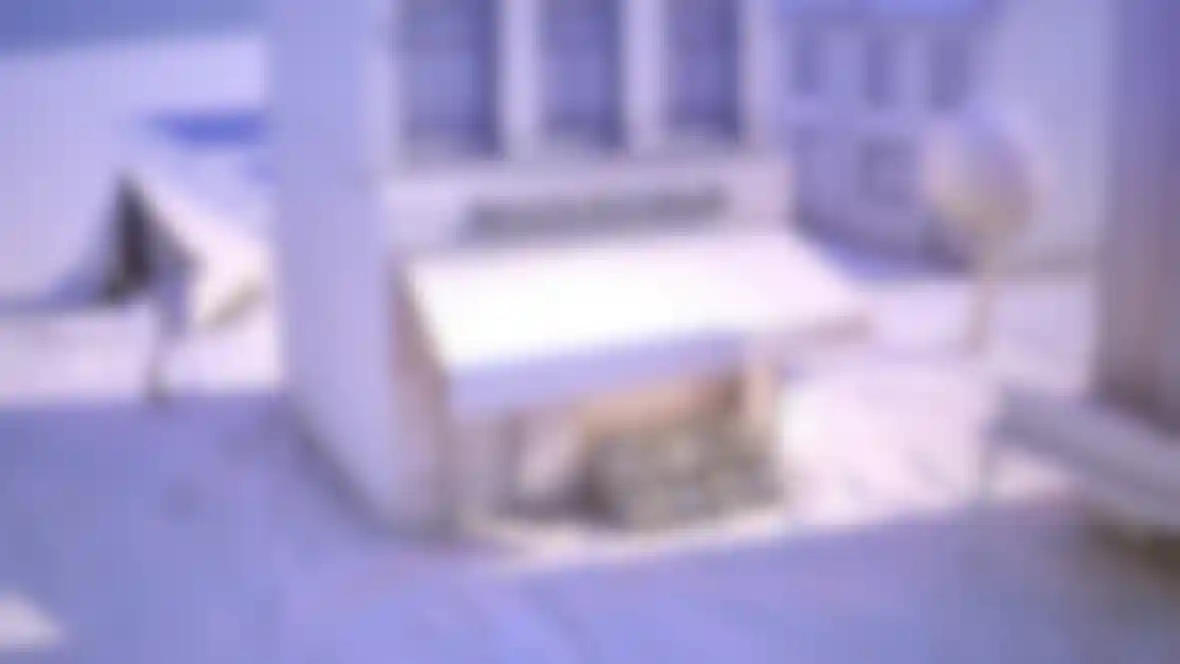
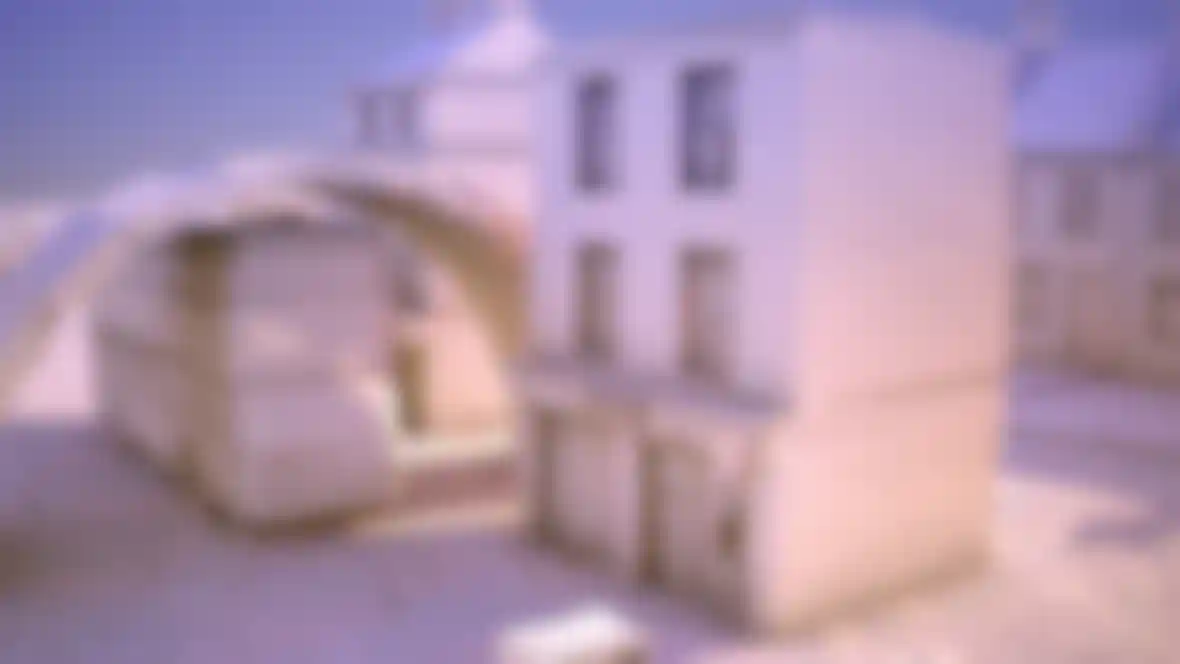
When the collapsing movement looked right, the animation was cached to disc. But Sophia then needed a way to convert the information into keyframes so she could edit it. For this she turned to a little-known tool called Cappucino, which captures mouse input in real-time, but which will also record point-level animation (PLA).
"Prior to this sequence I hadn't used the Cappucino tool," she admits, "but it came into great use, as I was then able to play the cached dynamics and record live PLA on-the-fly. Once I had my keyframes I was able to reverse them and do pretty much whatever I wanted to do with them."
"The only things I had to keep tweaking until the collapse looked right were the settings within the Cloth Dynamics: Gravity, Flexion and Friction. Because all objects were naturally different they didn't all collapse identically every time, so the gravity had to be tweaked depending on size and shape."
If an object didn't collapse cleanly, Sophia would either hand-animate the final frames, or position the object below the floor, so that when it began to unfold, you didn't notice the initial stages of the animation.
The cloth simulations proved effective, but the final results weren't quite right: "They animated like paper but ended up looking smooth and lifeless," Sophia comments. "I wanted to create objects that had personality and I knew using PLA alone would not give me that, as all the keyframes are naturally linear."
To achieve the look of paper unfolding in succession, a Random Effector was added. This enabled Sophia to control the amount of distortion, and imbue the animation with the level of imperfection she needed. But she still wasn't happy: "Once I had the keyframes captured and the geometry randomized, I was still left with an animation that had little character and personality," she states. "Making each object bounce back to life with an element of humor was so essential to the overall sequence, both conceptually and technically."
CINEMA 4D's Delay Effector came to the rescue. By using the Spring Mode selection and controlling its strength, Sophia was able to bring a little life and soul to each object. "Both MoGraph effectors reacted with each other, which worked very well," she adds.
With all the objects animated, Sophia imported them into a new scene. She was then faced with the task of choreographing the various animations, so they appeared in shot as the camera moved past. "I think for me the tricky part was positioning all the objects first and making sure I had a strong end frame," she explains. "Once I had that sorted I kept rendering very small hardware renders because they were incredibly quick to do and I could focus my time on the camera and getting the objects popping up on cue."
The final step was to make the objects actually look like paper. Sophia employed Subsurface Scattering to give the look of light dispersing through the material, saying, "The interiors felt like they were lit from the inside. This effect is seen more prominently through the gaps of each object."
To light the scene, Sophia used a Sun object and an orange spotlight, which glanced off the rooftops, giving the feel of a sunrise. "I wanted to express conceptually a positive fresh start of a 'new dawn'," she comments.
The sequence was rendered using the Physical Render engine, due to its support for Lens Distortion, Chromatic Aberration and Vignetting. "It also gave me the freedom to override the shutter speed and aperture," she adds. Global Illumination was also used, of which Sophia declares herself a huge fan: "Having done a lot of studio photography in the past, I have always been fascinated by how you can light an object and watch light and color bounce off and illuminate the surrounding objects and materials. It is real, it is a tactile solution, and for me GI almost mimics that same tactile feel."
"Without the use of Global Illumination this scene would not feel alive," she continues. "It had to encompass that tactile look and feel I was after but in a miniature world. Naturally when using GI you have to accommodate the longer render times, but the difference in lighting is quite dramatic, and it was important my sequence felt like a little paper town springing back to life."
Sophia did encounter some GI flicker in shadowed areas, but explains that she was able to minimize the effect by increasing the Record Density and Stochastic Samples.
To complete the animation, the rendered footage was imported into Adobe After Effects for color grading. "I wanted to take the viewer from an icy-cold scene to a more comfortable warmer end," says Sophia. "All grading was created by adding a warm graduation of orange towards the bottom and a blue graduation at the top for the sky. The scene was tweaked over time from cold to warm, enriched colors."


The final stage of the project was to create a super-widescreen version for use in the news studio. As the action was mostly centered, there wasn't too much work to do too in terms of composition, although the camera had to be repositioned for certain shots, and pulled back to widen the view. "Some objects had to be replicated and turned around to cover the wider shot at the end," explains Sophia, "but other than that it was pretty simple. We're used to creating sequences that have to be interpreted from a full-frame sting to a Tri-Screen for the studio, to reinforce the brand and for consistency. I rendered the Tri-screen anamorphic at 1920x1080 to keep the file size down."
The full 12-second animation took just four weeks to complete, and was achieved using CINEMA 4D running on a 12-core Mac Pro.
In May, 2014, 'Paper Town' was named a finalist for a prestigious PromaxBDA award, in the category 'Art Direction & Design: News Program Bumper.' To see a full list of finalists, visit.
PromaxBDA is the international association for entertainment marketing professionals. PromaxBDA leads the global community of those passionately engaged in the marketing of television and video content on all platforms, inspiring creativity, driving innovation and honoring excellence. The association represents more than 10,000 companies and individuals at every major media organization, marketing agency, research company, strategic and creative vendor and technology provider and is considered to be the leading global resource for education, community, creative inspiration and career development in the media and media marketing sectors.
For more information.